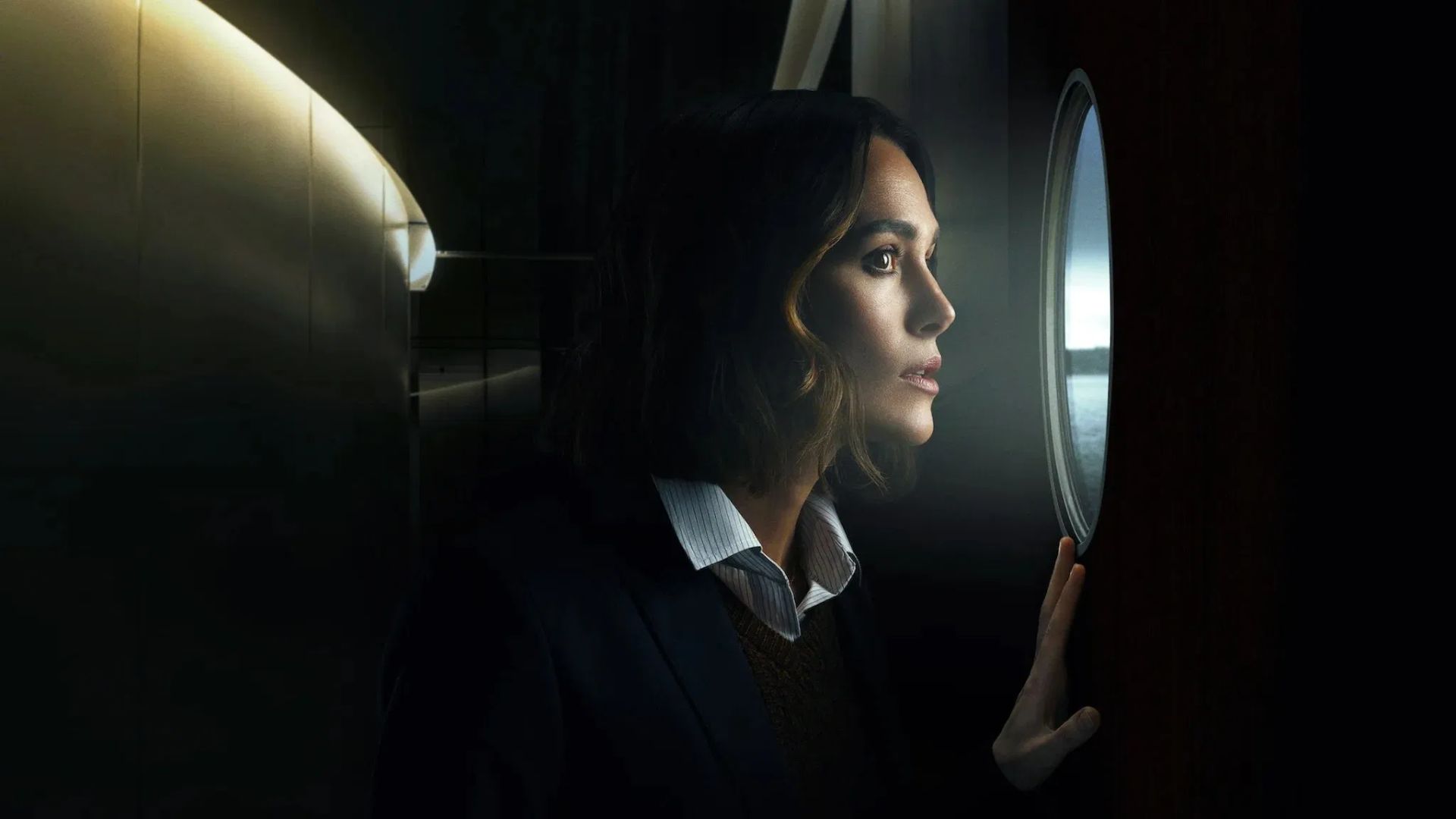Living in Portugal, where he left the pop star fascinated by his talent, João Ventura comes to show on Blue Note the songs of Chico Buarque and the system that allows him to mix the popular with the classic in their areas of comparison
João Ventura I was shopping in one of the many Chinese markets in Lisbon when my cell phone rang. Holding the tea towels in one hand, she replied with the other, “John, how are you? This is Madonna. Would you like to play with me in New York?” Sergipano di Aracaju, 36, a classical pianist who was doing his doctorate in Portugal, didn’t even speak English fluently. He called a friend to help him and understood the call. Madonnawho had seen him play days before in a bar on the banks of the Tagus river, the Tejo Bar, wanted the pianist by his side during a performance at Metropolitan Museum Gala, New York. She left and life changed.
It was 2018, when many people discovered João for the first time. Until then, his presence alongside Madonna, who would consider him one of the most respectable musicians to have worked on his projects, was worth the spotlight. Now that João is about to perform in Sao Paulo before returning to Portugal, maybe it’s time to find out what he really brought him Madonna call a Brazilian who didn’t play bossa nova or samba to stand by his side. The answer to this curiosity is impressive.
The language developed by João within a work called Counterpoints (not to be confused with the counterpoint system of erudite authors such as Bach) exists at the limits of what we understand as popular music and classical music. He chooses a well-known popular song and overlays it with a well-known classical piece. In other words: he plays the piece on the piano and sings the song at the same time.
Magic happens with slight harmonious adaptations, as if one were born for the other, and so, Waiterby Reginaldo Rossi, meet The flight of the beetleby Rimsky-Korsakov; Hyracemaimmortalized by Adoniram Barbosa, fits the Night, by Chopin; third movement of Moonlight serenadeby Chopin, is intertwined with Folly, by Tom Jobim; AND White dayby Geraldo Azevedo, it flows Arabesque n. 1by Debussy.
Hearing this, Madonna gave her orders: she wanted them to give her counterpoints Like a virgin AND Like a prayerand also Let it be, by the Beatles. “It usually takes me four months to create a work like this. He asked me to create it three in four days”, recalls João. “He asked me if it was possible and I said: ‘Of course it is,’” he says, smiling today at his own madness. One of the most accurate results was Let it be joined to Saint Maryby Gounod, and another that will come out in real time: “You can do something right here using Hallelujahby Leonard Cohen?”, challenged Madonna, on the day of their first meeting. And João let it slide up or down, song by song Pour Elisaby Beethoven.
The proposal between the popular and the learned would not be a big problem if it had not been put forward by João in the border regions, where major wars occur. Instead of diluting the differences, as the history of music knows when it cites the irrepressible geniuses of Astor Piazzolla, Villa-Lobos, Tom Jobim, Duke Ellington, Nina Simone, Franz Lizt (in the adaptation of Hungarian rhapsodies) and, deep down, the essence extremely close to Johann Sebastian Bach, Counterpoints it causes one to clash with the other in a way that also makes it complementary. More than accessing an emotion, it proposes an experience. “It’s like a classical pianist accompanying a popular singer. The difference is that these two are the same person,” she says.
But then again, in an extremely rigid world, where the rules and musical notes are set in stone, what is the perception of what? João Ventura What do you do when you put Reginaldo Rossi on the Russian Korsakov? He says he felt strange, especially at first, interspersed with praise. “I heard a lot of things like, my God, how impressive. Why didn’t they think of this before? But also a certain distrust. I think people understood that whoever was doing this was not a novice adventurer, but someone who was there studying hard.”
The show that João Ventura will do in Sao Paulo will be next Monday, the 25th, at 8pm, at the Blue Note. His repertoire will be with counterpoints relating to the work of Chico Buarque. It will feature guitarist and singer Badi Assad and will showcase songs like Tattoo, Change in children, I love you AND Serial. Then, on October 24, she performs at the B32 Theater, with the Heliópolis Orchestra.
Service
João Ventura at Blue Note – part. Badi Assad
25 September, 8pm (doors open: 7pm)
Blue Note – Avenida Paulista 2073 – 2nd floor
Consolation
R$45 (half) and R$90 (full)
João Ventura and Orchestra Heliópolis
October 24
Theater B32
Av Brigadeiro Faria Lima, 3732
Time: 8pm
Ticket price: R$280
Source: Terra
Earl Johnson is a music writer at Gossipify, known for his in-depth analysis and unique perspective on the industry. A graduate of USC with a degree in Music, he brings years of experience and passion to his writing. He covers the latest releases and trends, always on the lookout for the next big thing in music.








